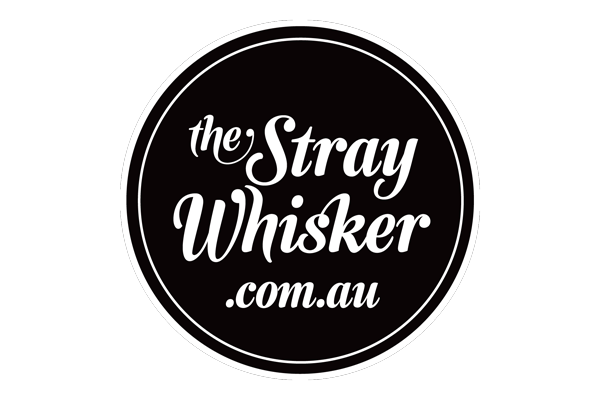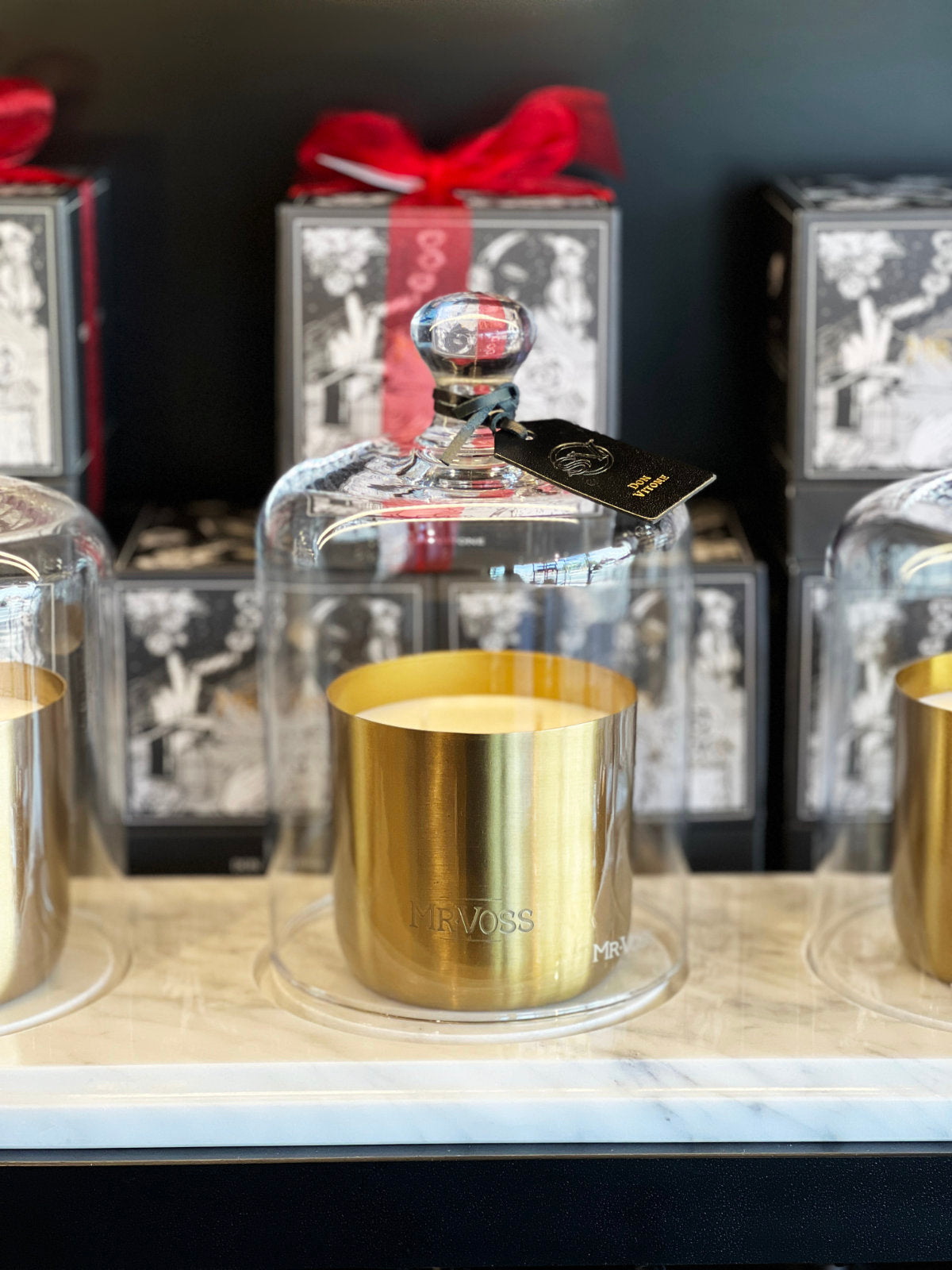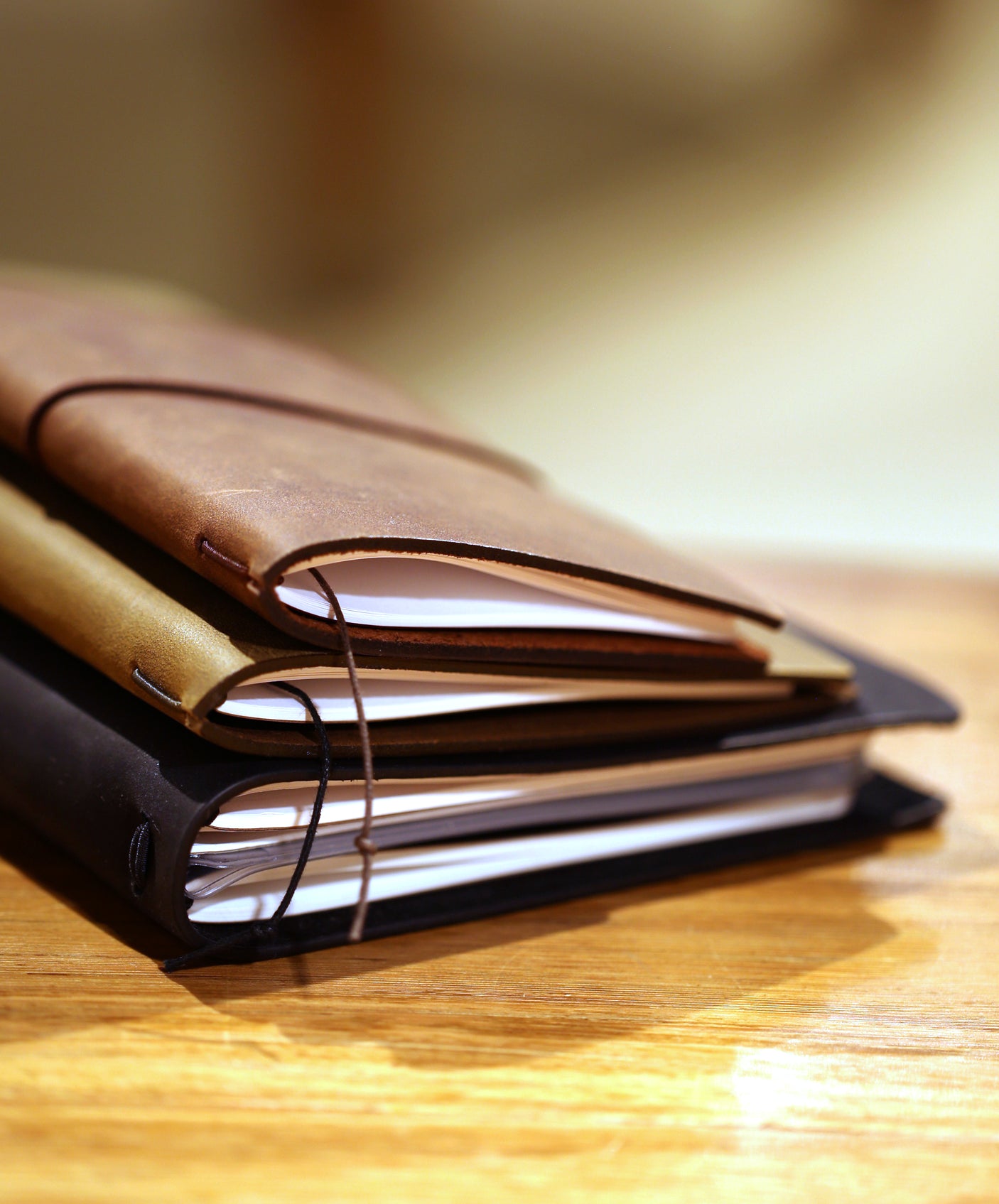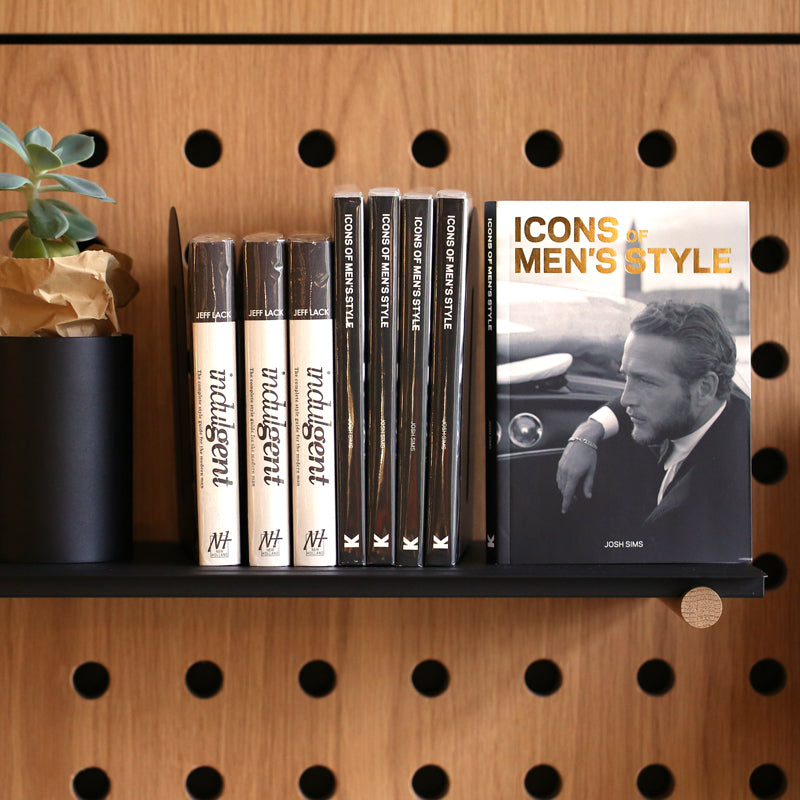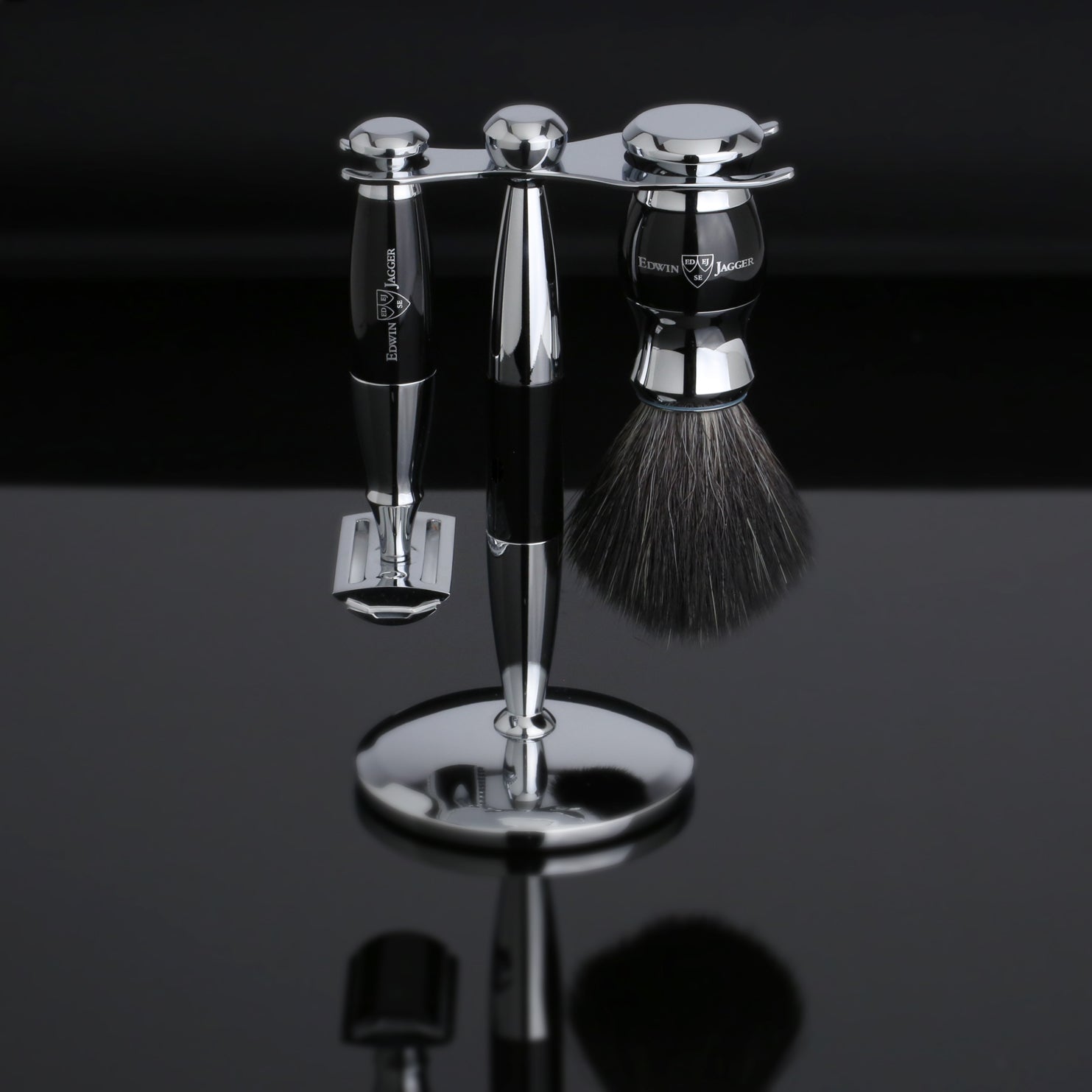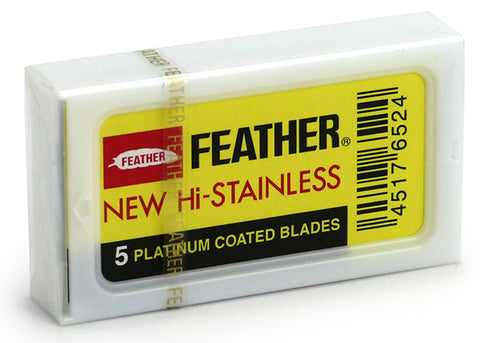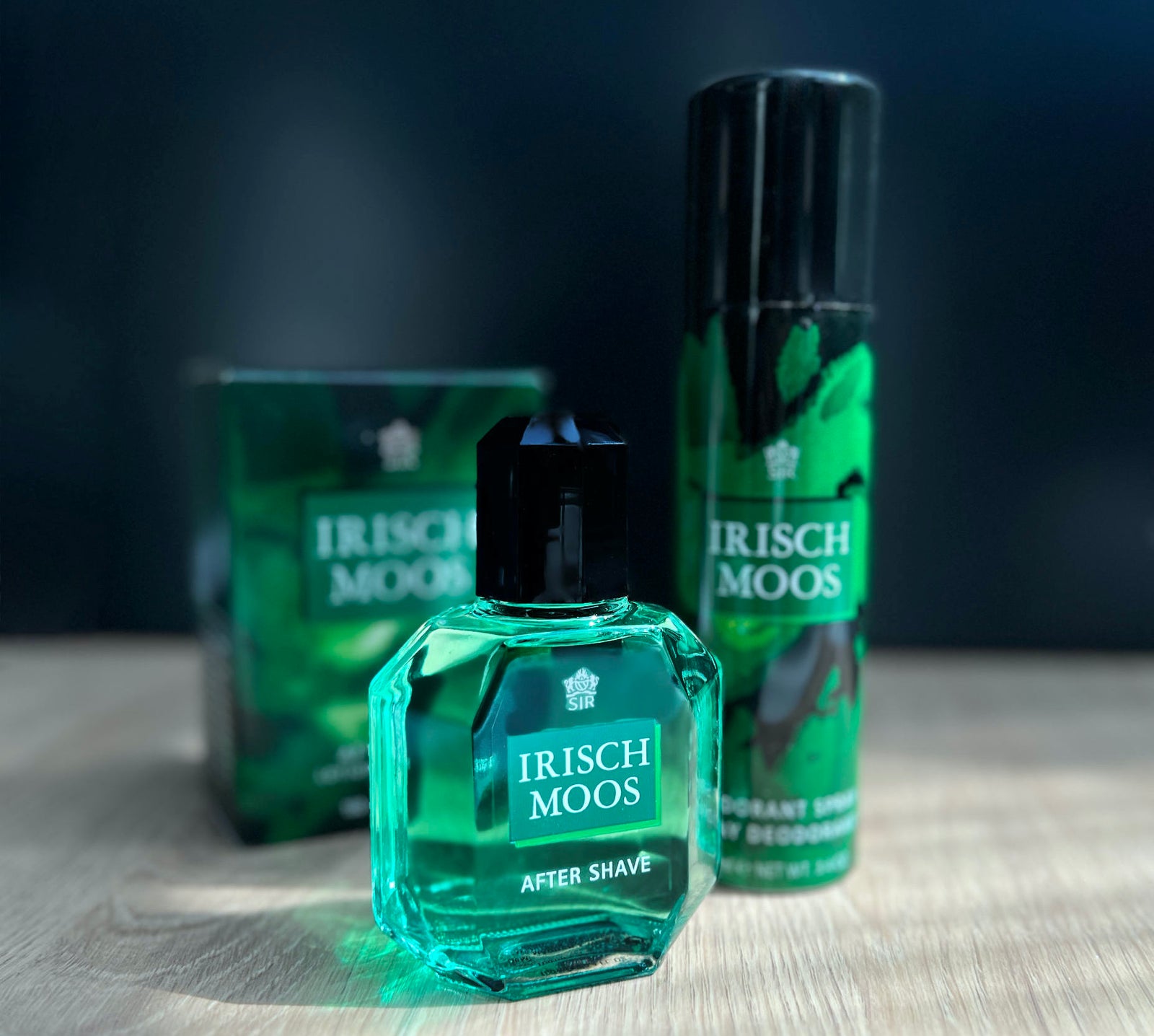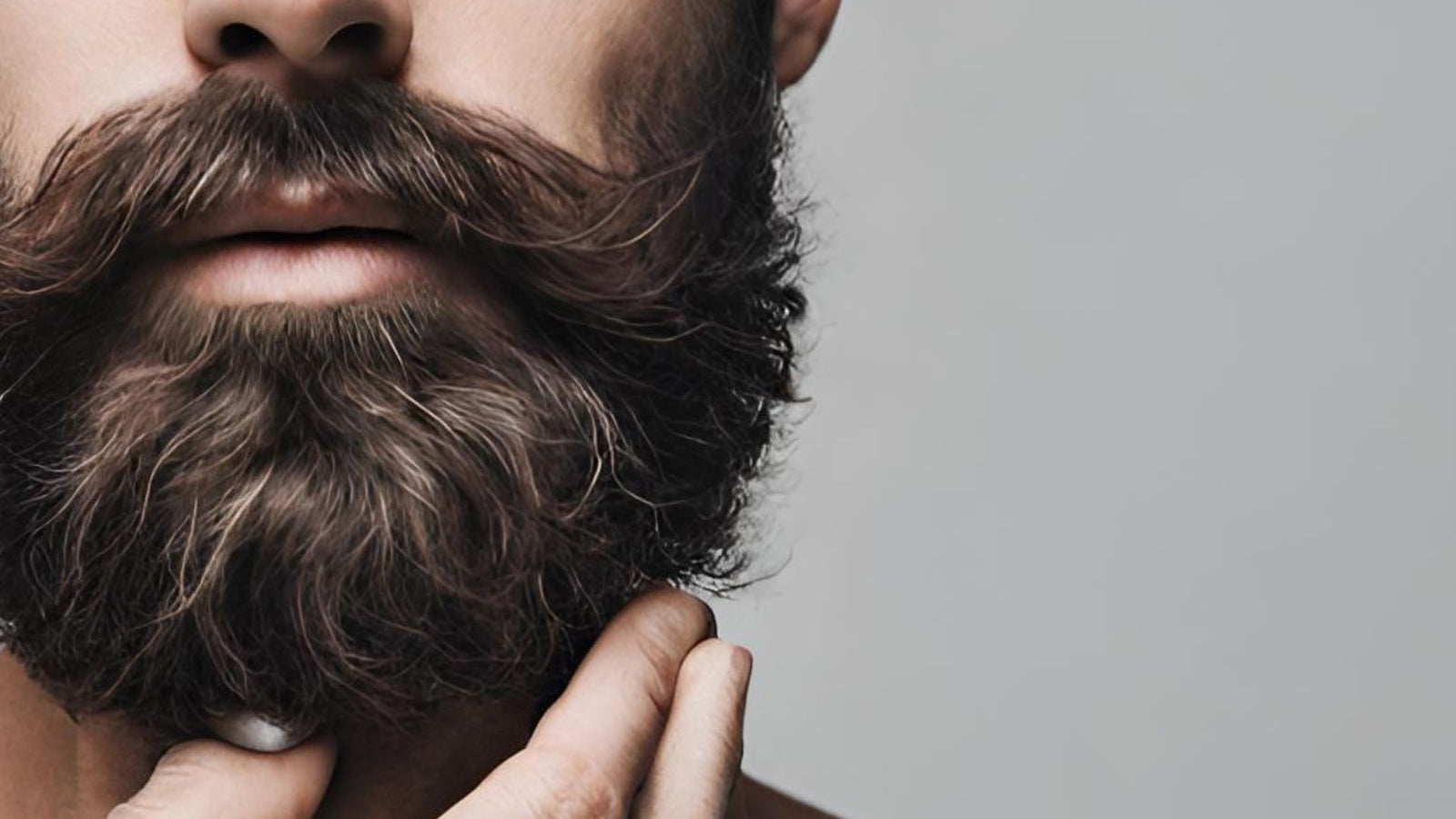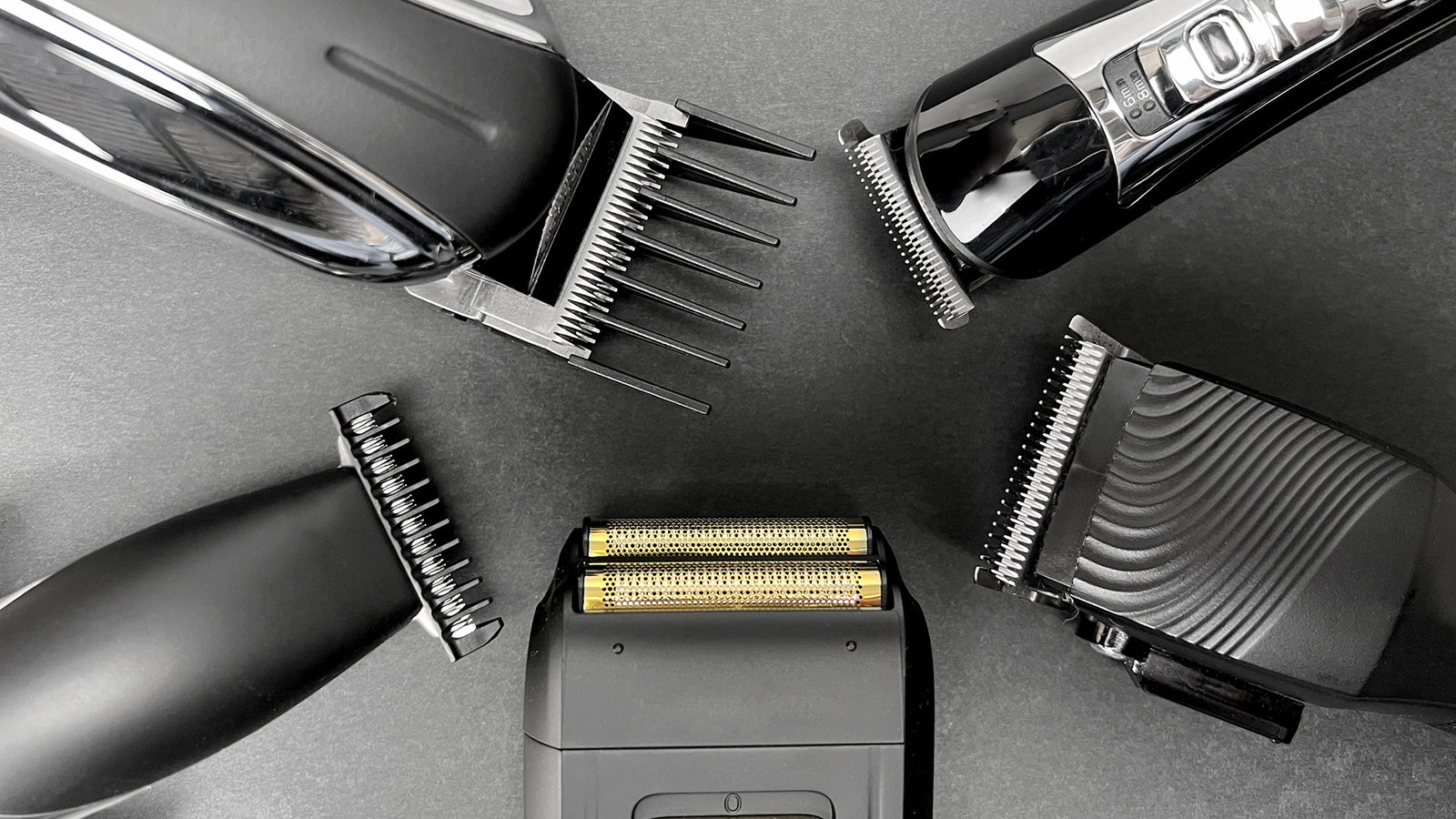
Double Edge (DE) razor blades are used in vintage and modern safety razors. The design hasn’t changed in about a century, though the technology has. They are generally manufactured from stainless steel with added metal coatings such as chrome, platinum, teflon etc.
If you shave with a safety razor, you’ll already know that the universally shaped DE blades will cost you a lot less per shave than a cartridge system. Even so, it makes sense to find your best matched blade so you can stock up and save even more.
What are the variables between razor blades?
To understand variations between brands here’s a quick summary of razor blade manufacture.
Firstly bands of thin gauge steel are wound into reels and fed through a machine which stamps out the blade voids leaving them joined together. The steel is heat-treated for extra strength, edges ground and polished, and then cut into single blades. At this stage they are washed to remove contaminants. The blades are coated for further hardness, smoothness and to help them glide over skin, and finally, they are immersed in an oil to guard against corrosion, and wrapped in wax paper.
Variations can occur between manufacturers all through this process; from the type and quality of steel used; type of coating (some popular ones are platinum, teflon, chrome but there are many more); and the quality of edge-grinding and polishing.
Quality control can also vary from company to company. A failure would amount to some blades in a pack not being up to scratch. I refer to it below as finding a “dud”. If this should happen to you, just know that it’s a thing, change the blade and move on with your shave. Happily though, there are some brands for whom the quality is high and very consistent.
Comfortable or Efficient/Aggressive?
While all blades are sharp, they can perform quite differently. The materials, type of coating and degree of edge polishing can affect how the blade glides and wears. They can be loosely classified as “comfortable” or “efficient”:
Comfortable Double Edge Blades - an easy shave right out of the box, though each blade will last for less shaves. Consider “comfortable” blades if your whiskers are fine or sparse, or you shave every day without a LOT a lot of new growth. These are generally the mid-range and less expensive blades. If you’ve got tough whiskers you’ll wear these out faster and get less shaves per blade, but perhaps you’re happy to just change out the blade more frequently and pay a bit less per blade.
Efficient Double Edge Blades - the edge will last longer and it will feel sharper especially on the first shave (so beware!). If you have a fast growing beard or strong whiskers, or you leave a lot of time/growth between shaves these blades may work better for you. If you have softer whiskers the blades will last even longer for you! Generally these blades are of more consistent quality and are more expensive per pack.
The long term answer to shaving irritation is to improve your technique so that the razor passes over your skin the least amount of times necessary. Whichever razor and blade you choose, this should be the end goal.
How can I determine the best DE blade for me?
Your best blade will probably not be the same as someone else’s. This is a personal choice which depends on a few things:
How often you shave. If you shave every day you’ll need to keep it comfortable to avoid irritation but if you shave once a week you’ll want to mow it down with a more aggressive blade, though still without clogging or tugging, and still with no irritation.
The design of the razor in which it’s used. In quality razors it’s the design which determine their aggression/efficiency. The more efficient are “slant” styles, open comb styles or those with a large blade gap (the space between the outside edge of the blade and the razor baseplate). A regular closed comb with a smaller even blade gap is more mild. Cheap razors might be aggressive in a different way: if badly aligned, they can make for a nasty shave that no amount of technique will fix.
Your beard. How fast it grows and how tough it is (and age is a factor). If that daily shave involves dense or tough whiskers, go for a more aggressive approach. However if the growth is on the wispy side, keep a light comfortable setup. Keep in mind that grey hairs are tougher than those nicely coloured ones you used to sprout!
General brand characteristics
Blades are listed here from lowest price to highest.
Pearl Max
This is a budget blade, so guess what... Best For The Budget-Conscious and bakers with a batch of sourdough on the go. Pros: They’re sharp. A pack of 100 is around $12. What the heck! Cons: You’ll semi-regularly find one that’s uncomfortable. Just get another one.
A blade Lasts for* around 3 shaves - it’s not worth pushing it further. Super Platinum coating. Made in China
Derby
Premium and Extra - Super Stainless. Both have a curious combination of coatings- Chromium, Ceramic, Platinum, Tungsten and Polymer. While both are priced at the budget end of the spectrum, the Premiums will marginally out perform the Extras. It would appear that the Premium have a heavier layer, or double layer of coatings. Best For Those starting out. Buy a pack and work on your technique. Pros: a good price, and comfortable enough. Cons: Durability. Just be prepared to change up to a new blade at the first sign of discomfort.
A blade Lasts for* 3-5shaves. Chromium - Ceramic - Platinum - Tungsten and Polymer coated edges. Made in Turkey
Astra Green
For many people this is their “Go To”. A generally “comfortable” blade. If you shave every day, or you have moderate growth, this is a good starting point. Best For Those starting out with a safety razor, and those who need to shave every day but don’t want to be irritated. Pros: Generally a comfortable blade straight out, and a good price by the pack or tuck. A great starter blade - I’d go as far as calling it mild. Cons: If you’ve got tough whiskers you’ll wear these out faster and get less shaves per blade.
A blade Lasts for* around 3-5 shaves. Platinum Coating. Made in Russia.
Shark
A budget choice which might just suit you, so it’s worth trying a tuck as an option. Choose between Stainless or Chrome coated. Best For Those starting out - it’s another option you should try. Pros: a good price, and comfortable enough. Cons: May be inconsistent in quality - where the odd blade is below par.
A blade Lasts for* 3-5shaves. Stainless or Chrome coating. Made in Egypt
Feather
A very sharp and strong blade. The first shave has sometimes been described as “rough” by those who were not ready for it. For the second and following shaves the blade settles down. The edge lasts very well on the Feather blade, so you will get more shaves before it finally deteriorates. Best For Experienced shavers, for those with tough whiskers, or those who don’t shave every day and therefore have to remove more beard. If you generally have a 5 o’clock shadow by...well 2-5pm, or you’re removing a few days of growth it is an efficient option. Please note: the Feather blades in the grey labelled tuck which come packaged with your Edwin Jagger razor are the same blades as those in the yellow labelled tuck. Pros: Sharp and consistent blades - hey, this is Japanese quality. It’s highly unlikely you would find a dud blade in this pack. Cons: Might be TOO sharp for some. Perhaps you would prefer immediate comfort to a glinting eager edge? It’s also one of the more expensive blades, but at 40c-50c each that’s all relative.
A blade Lasts for* around 6-10 shaves. Platinum Coating. Made in Japan.
Gillette Platinum
This is a sharp blade and while it may or may not be The Best A Man Can Get - it’s pretty fine! Best For Heavy hitters - you have a serious beard and a desire for efficiency. No messing around here - job done. Pros: They’re sharp, durable and comfortable if you know what you’re doing. Cons: The price places them in the elite range.
A blade Lasts for* around 6-12 shaves. Platinum coating. Made in Russia
Wilkinson Sword
While these are on the higher-cost end of the DE razor spectrum, they are a good balance of sharp and comfortable, and are capable of holding their edge for quite a few shaves. Coated with Teflon for a smooth glide. Note that these are made in Germany, not India (as are those sold in our Aussie supermarkets). Best For no fuss shavers who prefer a reliable and efficient blade. If you don’t shave very often and want to deal with a few days growth at a time, or if your daily whisker growth is substantial, consider these German-made Wilkinson Sword safety razor blades for the sheer efficiency. Pros: They last, they’re good and sharp and they’re comfortable from the first shave. If you’re an experienced wet-shaver, these are your best quality tools. Cons: the only downside would be the price if you’re on a budget.
A blade Lasts for* around 6-12 shaves. PTFE (Teflon) coating. Made in Germany
How many times can you use a DE blade?
I have to say “it depends”. Safe to say though it’s somewhere between 3 and 10 shaves per blade (not really helpful I know).
Your mileage will vary according to the toughness or coarseness of your whiskers and also to some extent the quality of your chosen shaving lubricant.
You don’t need to break any usage records with a single blade - to push it too far will be to experience irritation, redness and possible razor bumps. The minute you feel discomfort or “tugging” you must change out the blade - place it safely in a metal blade bank or sharps container.
Note: *A blade lasts for… while I have given an approximate number of shaves on each product description, this is absolutely dependant on your whisker-type and the thickness of growth. So please use it as a relative comparison between blades. For best research, you should keep a note on various blades as you use them and take into account the razor you used it with.
Do you get what you pay for?
Generally price is an indication of quality, though there is also a lot of personal preference involved in final razor blade choice. In the razor blade world, a higher cost mostly buys you durability and consistency. Steel and coating qualities will vary according to country of origin and from brand to brand. Cheaper blades may still work well for you, but the ratio of those below par will be higher - which is fine if you’re happy with the price. Just change the blade and move on.
However if you absolutely require consistent quality, durability and performance you should be prepared to pay more.
If you change blades every 3-5 shaves and shave every day, a 100-pack will last you about a year. If you shave less often or get more shaves from a blade… then I’ll see you in three years!
Sometimes it’s not the blade’s fault…
Quality razors (mostly German, British, Japanese, American) are built to hold the blade evenly so the blade gap is consistent and shaves are therefore reliable.
Beware of the cheaper razors (mass produced big box store and eco-store models) which are more likely to have an uneven presentation of the blade. This leads to nicks, cuts and that chin weeper you could do without. Consider these razors unpredictable - if you must, use them carefully and with a mild blade. Unfortunately though, these unbalanced razors can scare people from wet-shaving altogether.
Advice for your shaving journey.
Ideally start with a sample blade pack - one tuck each of several different blades - and work through them methodically. Use the same brand until you know it well enough. Changing blade brand with every shave may just leave you confused about what works for you. If you can, use a whole tuck (5 blades) and make a note about what you liked and didn’t so you can compare later.
And just as the same tyres don’t suit all vehicles, different razors will require different blades. A blade which doesn’t work well in one razor, may work well in another. Therefore work slowly, one razor/one blade at a time and when you have a winning combination, stick to it.
Ranging from $2-$4.50 for a tuck (5 blades), or $12-$43 for a pack of 100 blades, it goes without saying, that you should always try a few different tucks of blades if possible before investing in a full pack.
Don’t push a DE blade for too many shaves as it will make for a “tuggy” shave with post shave irritation. If in doubt, change the blade.
Be mindful and present, and don’t rush. While you’re shaving think only about the shave. Remember that shaving at its most basic is a very sharp blade on vulnerable skin. Your face no less. Think of it as reducing the beard, and don’t overdo it in the name of a BBS (baby-butt-smooth) shave. One pass (with the growth direction) or two passes (then across the growth direction) with adequate shaving cream lubrication is more than enough. Your skin will thank you. Your technique will also improve over time giving you better and better shaves.
And finally, this is our assessment of the blades and how they perform - it is a guide only - your mileage may vary, and it probably will.
Do you have a favourite blade or blade and razor combination? We'd love to know your go-to setup.
Further Reading
-
"The Art of Shaving" by Myriam Zaoui and Eric Malka - This book provides a comprehensive guide to the art of traditional wet shaving, including techniques, tools, and skincare.
-
"The Ultimate Shaving Book" by Elizabeth Neufeld - This book covers the history of shaving, different types of razors and blades, and techniques for achieving the perfect shave.
-
"The Shaving Book" by Mondial de Barbier - This book offers a detailed look at the art and history of traditional wet shaving, including the tools, techniques, and products used.
-
"Sharp Practice" by Anders Larsen - This book explores the world of straight razors and traditional wet shaving, with tips and techniques for mastering the art of a close, comfortable shave.

